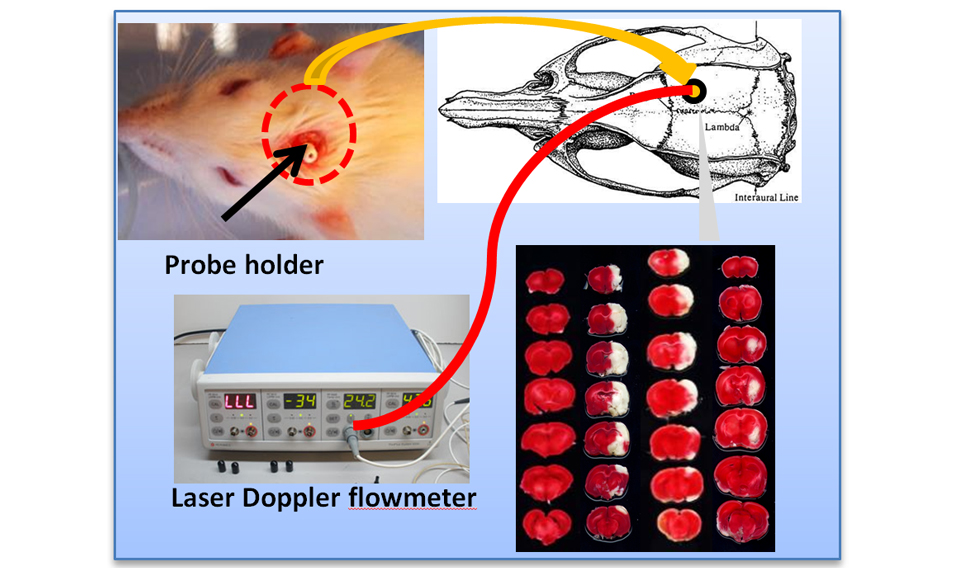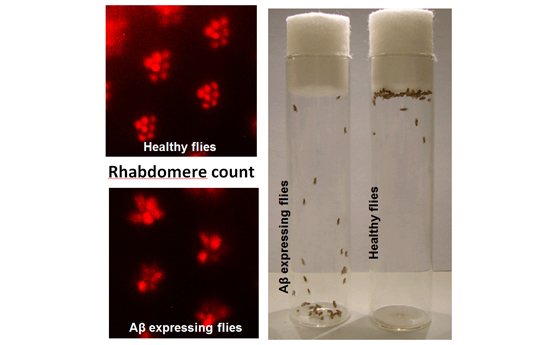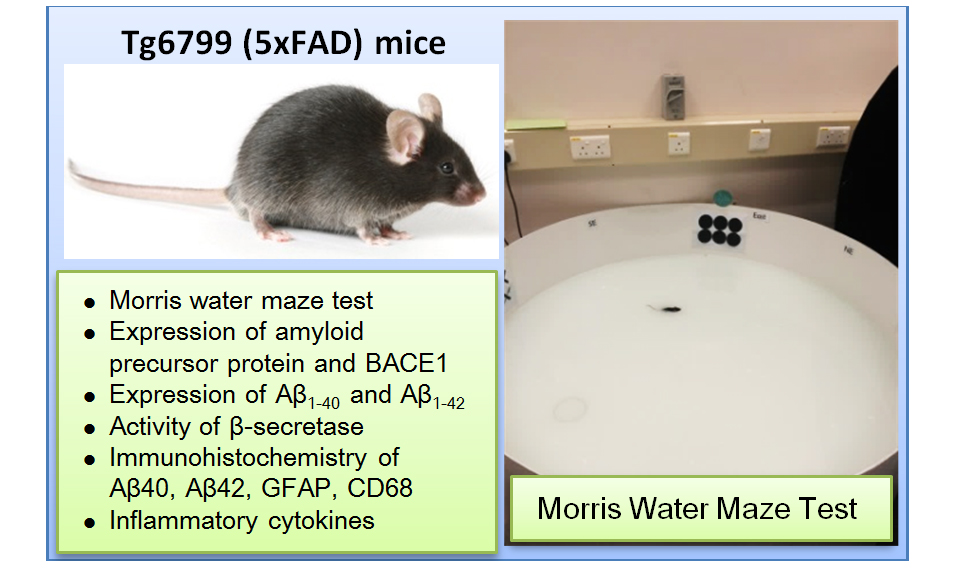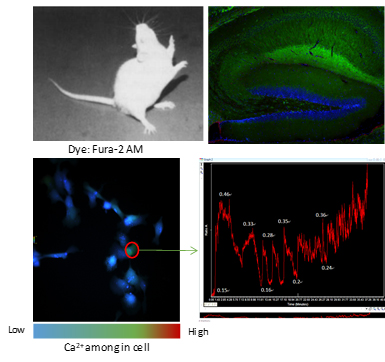Neuroprotection Laboratory

Neuroprotective effect of Gastrodiae Rhizoma (Tianma) in ischemic stroke
In this study, we utilized the Middle Cerebral Artery occlusion (MCAo) model on rats to investigate the efficacy of Tianma water extract in ameliorating ischemia-induced oxidative stress and inflammatory brain damages. Tianma treatment was revealed to significantly attenuate brain infarct volume and average neurological score. The protection was probably associated with upregulation of superoxide dismutase and catalase activities, meanwhile suppressing IL-6 and TNF-α production in MCAo operated rats. Our studies conclude that Tianma water extract exhibits neuroprotective effect in cerebral ischemia by potentiating the anti-oxidation and anti-inflammation system of the brain.

Neuroprotective effects of Gastrodiae Rhizoma containing formula against beta-amyloid-induced neurotoxicity
This study aims to investigate the neuroprotective effect of Tianma on beta-amyloid (Aβ)-induced toxicity in vivo and in vitro. Transgenic Drosophila mutants with Aβ -induced neurodegeneration in pan-neuron and ommatidia were used to determine the efficacy of Tianma. The antiapoptotic and antioxidative mechanisms of Tianma were also studied in Aβ -treated pheochromocytoma (PC12) cells. In vivo studies demonstrated that Tianma-treated Drosophila possessed a longer lifespan, better locomotor function, and less-degenerated ommatidia when compared with the Aβ-expressing control. In vitro studies illustrated that Tianma increased the cell viability of Aβ-treated PC12 cells in dose-dependent manner, probably through attenuation of Aβ-induced oxidative and apoptotic stress.

Neuroprotective effects of Tianma-containing formula against dementia
The current study was supported by grant from Innovative Technology Funding (ITF) of the Hong Kong Special Administrative Region (HKSAR) in 2014.The aim of this study was to investigate the protective effects of our Tianma-containing formula both on vascular dementia and Alzheimer’s disease. The current study focused on the neuro-protection effects of the formula on OGD-reperfusion cell model in vitro, β-amyloid-induced cytotoxicity cell model in vitro, middle cerebral artery occlusion (MCAO) in vivo and 5xFAD mice (Alzheimer's disease) model in vivo. We found that the formula has significant protective effects against stroke-induced brain damage and upregulated several anti-oxidative in MCAO rats. The underlying mechanisms in protecting the cells were act through the anti-oxidant and anti-apoptotic properties. Moreover, it was also found that the formula exerted protective effects against Aβ-induced cytotoxicity via anti-oxidant and anti-apoptotic mechanisms on neuronal cells, and inhibited acetylcholinesterase activity. Morris water maze (MWM) test also showed the beneficial effect of the formula in 5xFAD mice.

Neuroprotective effects of Gastrodiae Rhizoma against experimental epilepsy
The aim of this study was to investigate the protective effects of Gastrodia Rhizoma (GR) (Tianma) on reducing the experimental seizures both in vitro and in vivo. In the pilocarpine-induced temporal lobe epilepsy mice model, our in vivo results demonstrated that the GR prolonged the duration of time for epileptic mice to reach status epilepticus (SE), decreased the proportion of mice developing SE and suppressed the number of recurrent seizures after SE. The present study demonstrated the neuroprotective effect of GR by also pinpointing the arrest of neuronal loss in the hippocampus. Our results confirmed that the antiepileptic effect of GR could benefit seizure control, and provided a putative involvement of the mTOR amd SEMA 3F pathway. One of the active ingredient, gastrodin, was also found to inhibit the calcium oscillation in experimental cell cultures. For herb-drug interaction, our study demonstrated that the interaction involved the absorption and metabolism of CBZ and, the formation and elimination of CBZE. Concurrent GR could resolve the autoinduction of CBZ and increase the plasma concentration of CBZ and its metabolite. One possible hypothesis was attributed to CYP enzyme inhibition according to our results. This would be an important issue for pharmacodynamics studies on CBZ/GR in the future.